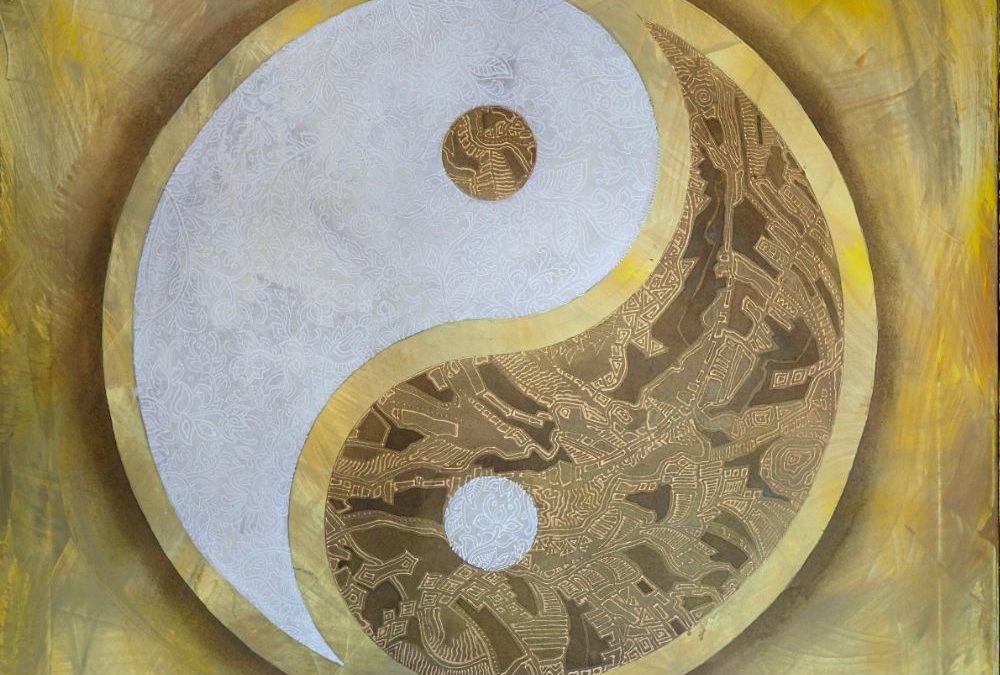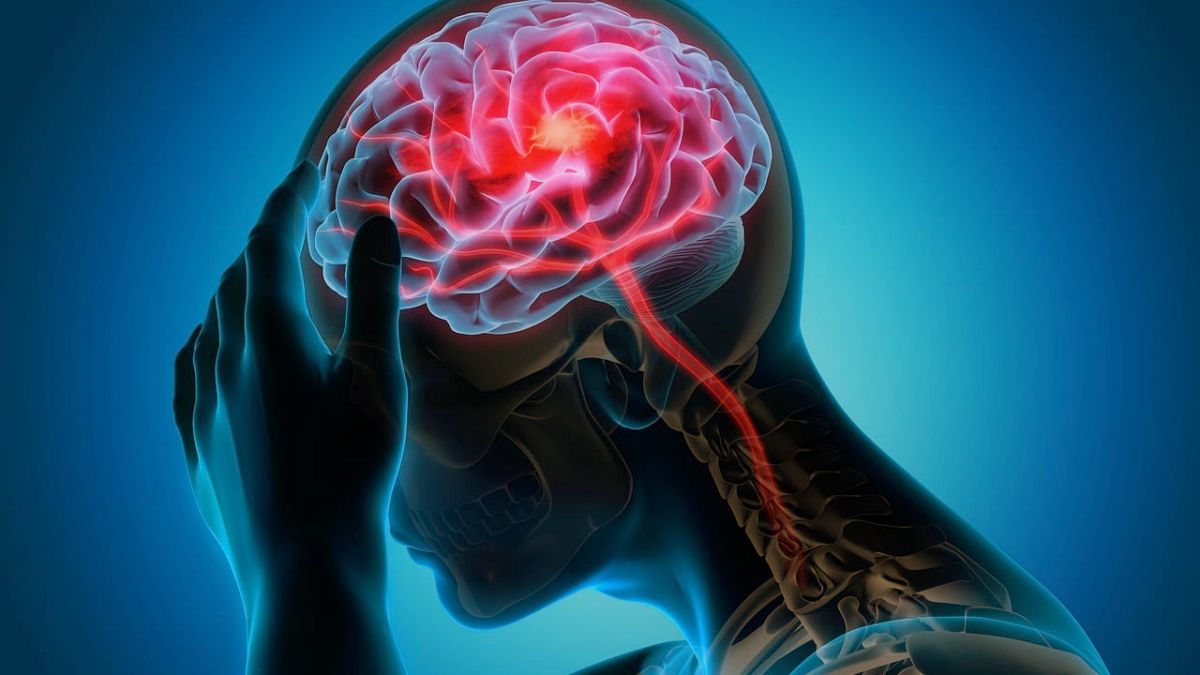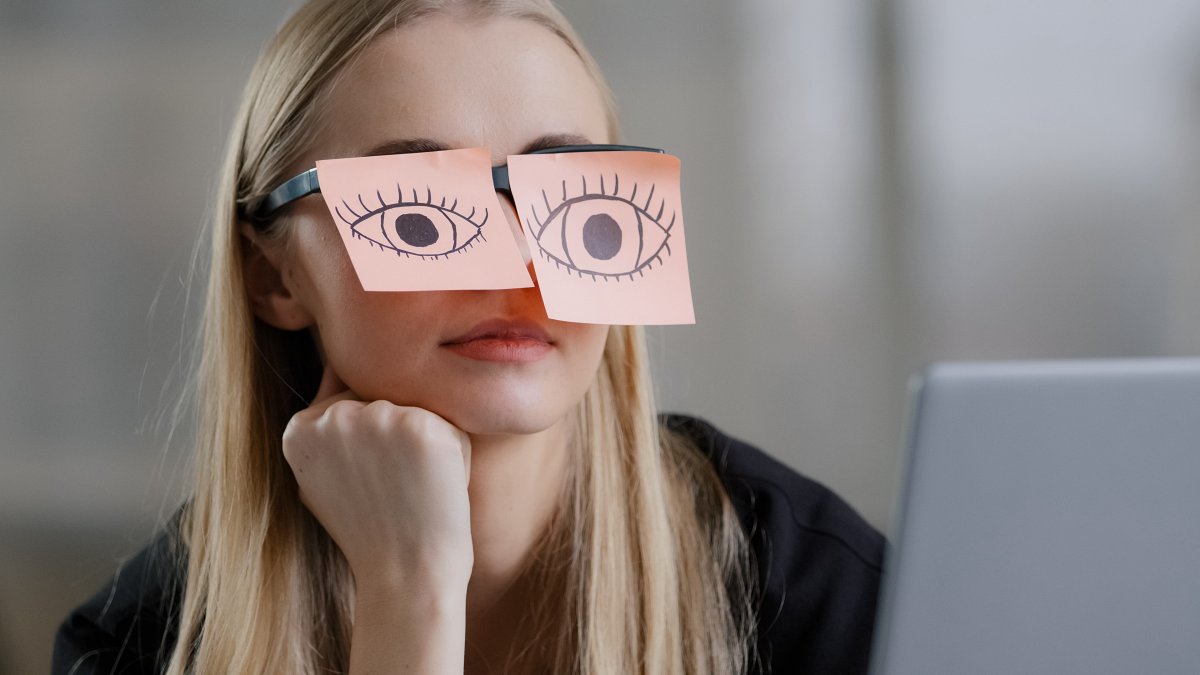What could be said about the principles of yin and yang that hasn’t already been said with more than adequate accuracy and grace? So rather than this post being a rehashing of all these primers on what things are yin and what things are yang, I thought I’d talk about yin and yang more specifically in terms of collection of statements taught to Chinese medical students early in their foundational education. There’s four of them:
Yin and Yang are opposites, they are interdependent, they are mutually consuming, and they are inter-transforming.
Opposites, that seems abundantly clear, and in my estimation the bulk of what most people understand about yin and yang. The ‘this versus that’. Everyone has a sense of this. I think it would be tedious to go more into this part of it. What less people (but still a lot of people) have the sense of is: yin and yang are interdependence, meaning that one cannot exist without the other. Not only as a ‘fire cannot exist without the log’ situation, but also in the sense that there’s no such thing as a tall thing unless there was also a short thing to compared it to.
Speaking of the log and the fire, the interdependence also includes, but is not limited to, a sense of mutual consumption. One’s growth is linked to the other’s dwindling. It would not be a mistake, but it would be limiting to the concept to think of this only in terms of things consumed, like said log as fire burns. It is more like it to say: potential energy is consumed by kinetic energy as it falls, and kinetic energy is consumed by potential energy as it rises again. Or your left foot is consumed by your right and your right foot is consumed by your left foot as a very jaunty way of describing walking. But this is the dao of walking. If the one foot doesn’t overtake the other, then there is no way forward.
As the concept of opposites blended into interdependence, and interdependence blended into mutually consuming, so too does mutually consuming blend into inter transforming. Yin inevitably becomes yang which will inevitably become yin in one way or another and back and forth back and forth until the universe ends. The example of walking is the best to describe this. The left foot is forward, so it is yang, but as the right foot comes forward, the left foot becomes the foot behind, and then is yin. But then the left foot moves forward again, now its yang. And repeat repeat until you get to where you’re going. The seasons do this too, wax out of the other’s waning. Any repeating cycle does this.
And this speaks to a fifth statement. Yin and yang are infinitely divisible. This means that no matter what, between two things, any particular quality of them can be compared resulting in one being the yin and the other the yang of the two. It just takes the right arbitrary parameter when comparing two things. And infinitely divisible also means that anything that is yin (or yang) can be zoomed in on to find its own yins and yangs within it.
Take two buildings, one is taller than the other, thus yin and yang. The shorter one is bright yellow, though, and the taller one is grey. So the shorter one is the yang of their pair when it comes to color. And third building, a greyish yellow, is taller than the grey one. So now the grey one is yin in height. Perspective always matters. And the smaller building, it has an upper floor and a basement. So that yin building has its own yang and its own yin within it. Perspective matters again! You can play this unending game with everything, separating yins and yangs, then zooming in and separating yin and yang, and keep going all the way down.
A sagely realization of this intellectual game is that if yin and yang are truly infinite, how could you do the yang thing of infinitely dividing things and not do the yin thing of infinitely grouping things? So despite the most widely understood thing about yin and yang being opposites, no matter what, you can find a commonality between a pair of things. But anything? Oh yes, anything. It just takes the right arbitrary parameter when comparing two things. In this, one can see that, along a matter of perspective, all things have similarities. In an assurance of opposites, we have made similarities inevitable; another yin yang pair. One thing this means in the practical day to day lives of actual people, for all the differences that we have, we’re only as different as we allow ourselves to be. And we’re only as similar to one another as we choose to be. Which is the yin and which is the yang of those two sentences?
Who is Dr. Perez?
Dr. Dan Perez is both a Western-trained physician and a graduate of the AOMA Graduate School of Integrative Medicine. Based in Austin, Texas, AOMA is recognized as one of the leading schools in Chinese Medicine. Being both an expert in Western medicine and Chinese medicine, Dr. Perez offers his patients natural, minimally invasive and integrative medical options for treating a variety of chronic medical conditions.
Let's get started!
This could be the most important step you take in your health journey. Schedule a consultation now, or complete the short form and let's connect.
Free 15-min Consultation
Phone
NEW Location
Yi Guan Acupuncture and Chinese Herbalism
11614 Bee Caves Road, Suite 230,
Austin, TX 78738 (directions)







